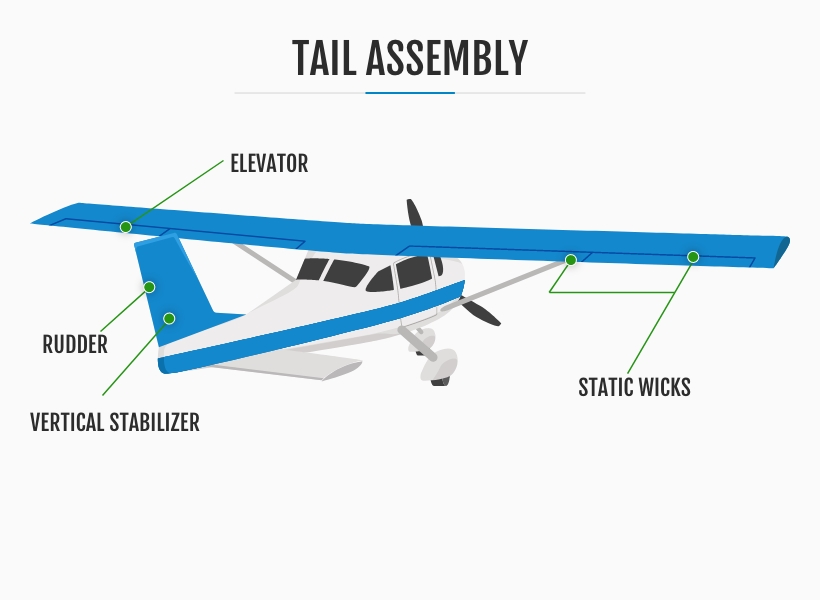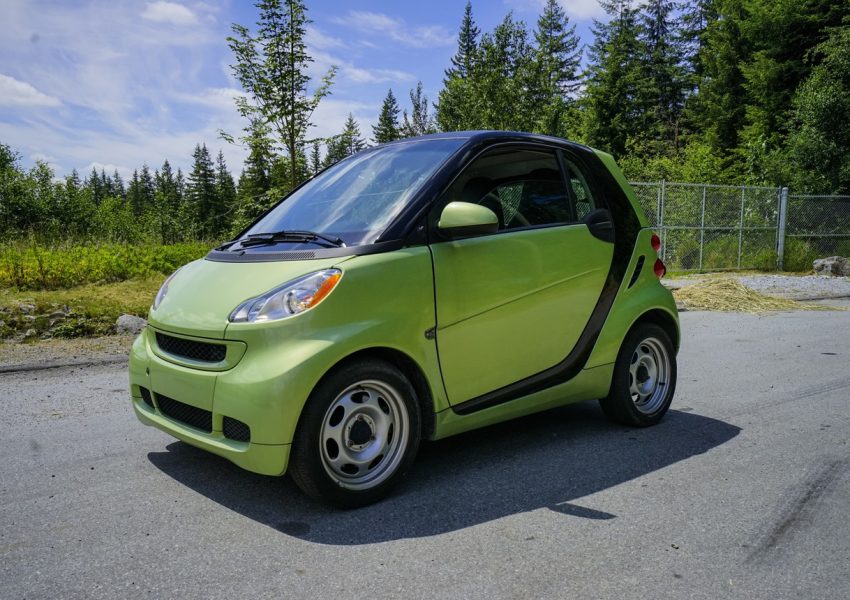An aircraft operates safely and efficiently largely depending on its parts. They entail a wide range of complex elements. These elements perform specific functions for the aircraft. These parts work in tandem to maintain the performance of the aircraft. These elements also ensure a smooth and safe flight experience.
Find below everything that you should know about the different types of aircraft parts and how they contribute to a plane’s overall performance.
Fuselage
Fuselage is the major structure of the aircraft. It encompasses the cockpit, passengers, and luggage. It joins all other components of the aircraft, namely the wings and tail. It has been designed to be strong and aerodynamic. As a result, it endures all kinds of forces during flight.
Wings
The wings are essential parts of an airplane that produce the lift required for flight. By causing pressure differentials, the airfoil, or wing form, contributes to lift production. In certain aircraft, fuel tanks and engine mounts are also located on the wings.
Engines
Engines produce the required push for an aircraft to go forward. The engines in an aircraft might be piston or jet engines, depending on the type. Jet engines, which are renowned for their efficiency and tremendous power output, are used in modern commercial aircraft.
Landing gear
The landing gear provides the aircraft with the necessary assistance during take-off, landing, and ground operations. It is inclusive of brakes, shock absorbers, and wheels. Several aircraft use retractable landing gear to reduce drag during flight.
Tail (Empennage)
The vertical and horizontal stabilizers of an aircraft are located in the empennage, or tail portion. These components control the stability and direction control of the aircraft.
To sum up
It is essential to comprehend the many kinds of airplane parts to ensure maximum performance and safe operations while in flight. Every component contributes differently to the overall operation of an airplane.








